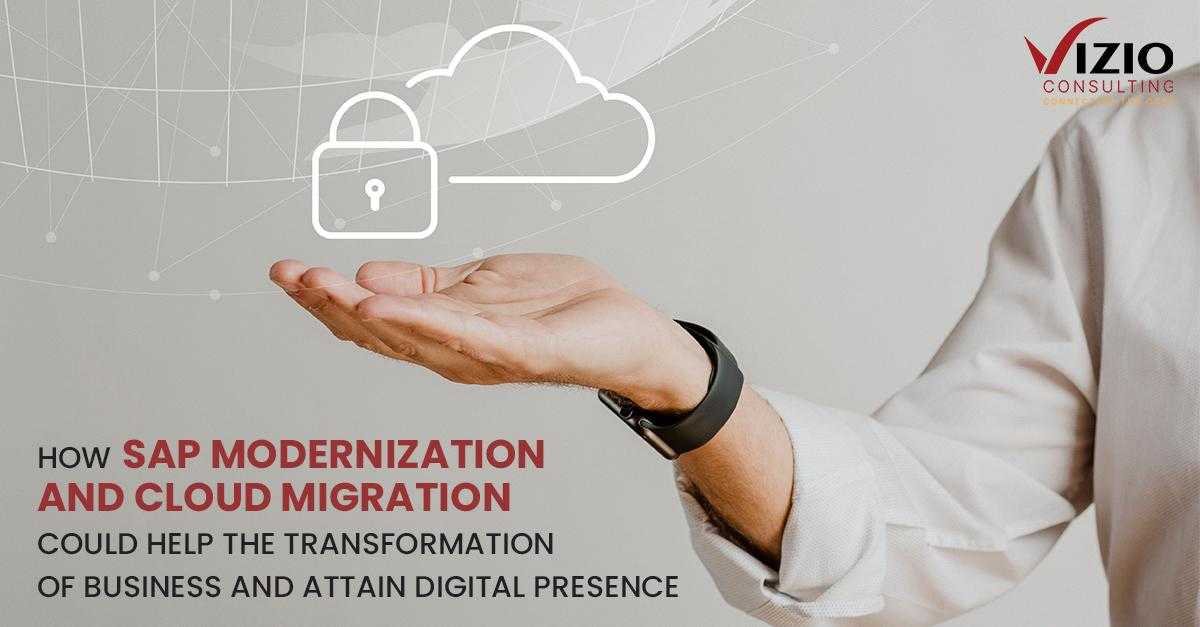Business transformation is the key to success in the present competitive world. In the current digital transformation wave, the one who can adapt to the rapid, unprecedented changes and scale simultaneously will eventually win the race. Adopting cloud computing is one of the critical ways to attain transformation. Cloud computing is a disruptive technology that provides innovation and increases business process efficiency and effectiveness. Further, moving to the cloud makes resource sharing seamless, boosts the agility of your business ecosystem, and scales computation and storage capacity as per the demand spikes. As a metered service, the cloud also helps to control initial capital investments.
According to IDC, digitally transformed organizations are estimated to contribute more than half of the global GDP by 2023, valued at $53.3 trillion approximately. When a business transforms digitally, it enhances its proficiency, increases customer value, manages risk efficiently, and explores innovative scopes for revenue generation. According to Markets and Markets, the global application modernization market size will grow at a CAGR of 16.8% from USD 11.4 billion in 2020 to USD 24.8 billion by 2025. The primary factors that drive the market’s growth are the rising focus on transforming legacy systems and the demand for advanced infrastructure to ensure business continuity. Application modernization is one of the primary ways to attain cloud-first digital transformation. It helps determine effective output value from an existing legacy application while enhancing the platform with advanced features and proficiencies.
Benefits of Migration to the Cloud
Cloud computing has helped businesses achieve greater flexibility, accessibility, and resilience, keeping Innovation at a rapid pace being the need of the hour. Some of the benefits of migrating to the Cloud are:
- Businesses have the option of associating with the best-in-class cloud hosting platforms
- Helps improve business agility with workload mobility.
- Enterprise can scale storage based on the requirements of individual data segments.
- It helps build high-speed, low-latency infrastructure and reduces costs.
- Enjoy competitive pricing and offers such as adjustable contracts, flexible payments, etc.
Benefits of SAP Modernization
SAP modernization enables an organization to control its expenses and enhance its digital footprint. Further, it helps to use modern infrastructure, features, languages, and other technologies. Some of the benefits of SAP Modernization are:
- Helps Accelerate Digital Transformation
- Support Future-Ready Applications
- Promotes Cost-efficiency
- Improves Business Opportunity
- Improved Responsiveness
Challenges for Cloud Modernization & Migration
Although the cloud brings several benefits, certain aspects are an area of concern for business leaders. According to Statista’s survey in the last quarter of 2020 conducted with technical managers and business executives, around 81% responded that security is one of the significant challenges of the cloud. Some of the major concerns for moving to the Cloud are:
- Data Security
- Working with Multiple Cloud Environments
- Data Governance and Regulation Compliance Challenges
- Optimizing Implementation Overheads
- Training and upskilling the workforce
However, these challenges can be mitigated by formulating some guiding principles for adopting the cloud. Here are some of the ways you can plan to tackle the challenges:
- Emphasize Security: Plan out specific security provisions, such as encryptions, multifactor authentications, keys rotation, and tokenization to safeguard data in the cloud.
- Evaluate Your Cloud Vendor: Establish essential guidelines around compliance and regulatory needs for cloud services. Based on the guidelines, the Vendor can be evaluated.
- Classify Resources: It is crucial to identify cloud-ready workloads. You can Shift those workloads first and invest in app modernization to make the other workloads compatible with the move. This classification will help you to control the pricing changes.
- Emphasize Cloud Governance: Establish compliance protocols and governance methods in the security framework that explain factors such as the number of users, services, and the approvals required for the cloud services.
Conclusion
Cloud migration strategy requires vigilant planning, assessment, and resourcing because there are a lot of dependencies on a migration process. However, a study by McAfee revealed that 97% of the businesses surveyed confirmed using a cloud service in their daily operation. If your migration strategy ensures the security of your data and resources and leverages cutting-edge cloud computing technologies, then it is ideal to attain cloud digital transformation.
Reach out to our SAP experts here to learn more.

